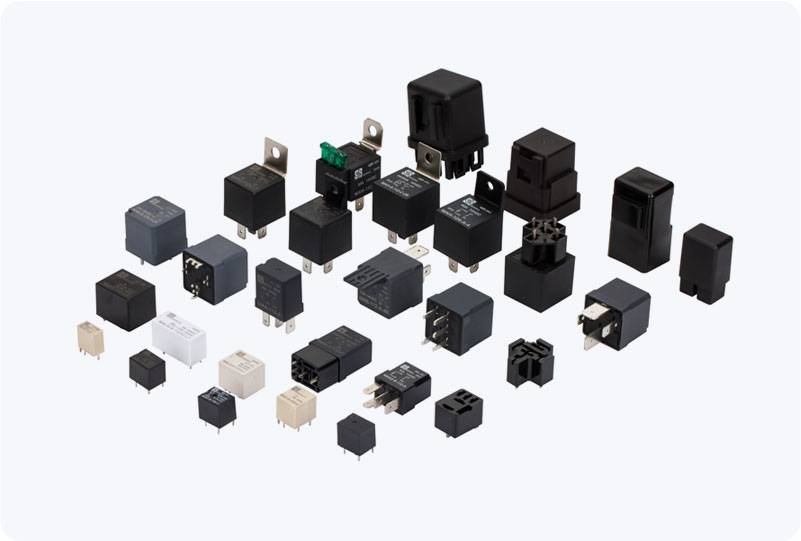The Zigbee Relay Module has become a crucial component in the ever-evolving world of smart home automation and industrial control systems. As the demand for intelligent and remote-controlled environments increases, this small but powerful device plays a key role in enabling seamless communication and control of electrical appliances. In this article, we will explore the functionality, benefits, and various applications of the Zigbee Relay Module, providing a comprehensive understanding of its significance in modern automation systems.

What is a Zigbee Relay Module? At its core, the Zigbee Relay Module is a device that combines the power of the Zigbee wireless communication protocol with a relay switch to control electrical devices remotely. Zigbee, a low-power, short-range wireless protocol, is designed for small data transmissions, making it perfect for home automation applications that require low energy consumption. The relay switch, on the other hand, allows users to control high-voltage appliances, such as lights, fans, and other electrical devices, through a simple on/off mechanism. How Does the Zigbee Relay Module Work?